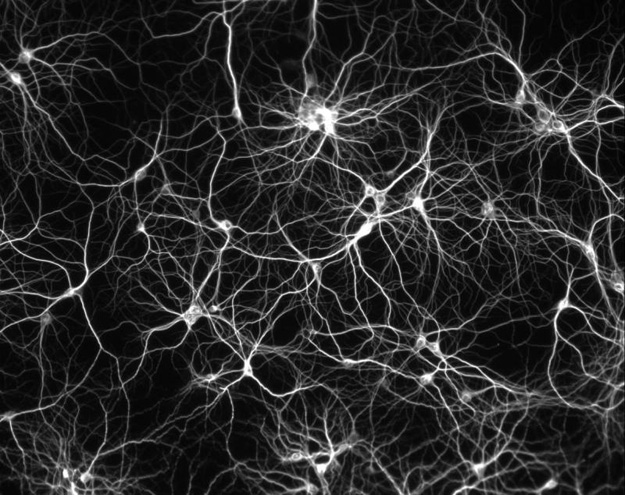Steven Johnson: Emergence
Steven Johnson’s Emergence refers to the possibilities of simple components to form a highly developed structure. The systems ability to organize is maintained by a bottom up structure instead of an all above control. He analyzes those topics with various examples, especially by the colonies of ants.
Although a single ant has a very rudimental brain the species is dominant on the planet in sheer numbers and occurrence. And even though a single ant is not able to survive, as a swarm they are very successful. Each ant colony has a queen, but nevertheless it is not literally ‘ruled’ by it. The colony is controlled by sheer swarm intelligence, which is directed from the bottom – not the top. Every single ants behavior refers to the behavior of the rest of the ants. If there is too many cleaner ants, some change their duty. If there is a place with food, ants leave pheromones on their track, attracting other ants to the food source. Learning from the ants, there are five main points that form swarm intelligence:
- More is different: there needs to be a ‘critical mass’ of ants to make intelligent assessments. One or two ants cannot represent any data. But a few thousands can and eventual mistakes or statistical odds are evened out.
- Ignorance is useful: The simplicity of the ant is important to the success. ‘It is easier to build a densely interconnected system with simple elements, and let the more sophisticated behavior tickle up.’ (p78)
- Encourage random encounters: As the system is completely decentralized it relies on random interactions between exploring ants. This is important to find new recourses and adapt to changing conditions.
- Look for patterns in signs: The sum and combination of all information is important.
- Pay attention to your neighbors: There is no order from above. By local information and action, global effects are caused.
Another example of similar patterns is human body cells. The sums of all those simple cells create a whole body. And despite it is the sum of many things one feels like an individual. But in contrast to the ants, body cells do have a kind of master plan. The DNA does state some order, but still there is a lot of swarm intelligence as well. It is more a combination of both systems. Human cities work very close to that pattern. There is (usually) some master plan, developed by urban planners. Still neighborhoods can derive spontaneously, sometimes planned, sometimes random. Like a cell surrounded by muscle cells becomes another muscle cell, similar population groups attract each other. Artists move to the art quarter, bankers to the financial district etc. The sidewalk is the stage for points of contact. It is the public space where interactions happen. Without this constant flow of information there would be no city life. According to Johnson ‘sidewalks work because they permit local interactions to create global order.’ Single decisions are made because of the behavior of the people around. And just like the ant colony the human behavior works at two scales: the day-to-day survival of the individual and the millennial scale of cities and other economic ecosystems.
Having read this text as well as analyzing Toyo Ito’s Sendai Mediatheque, I think there is still a huge research field in learning from nature. May it be very literal like Ito’s seaweed columns or more abstract in swarm systems. Nature has many systems worked out so perfectly that human science is unable to do better. Architecture has shifted away from nature during the past hundreds of years, but even though digital design seems to push it further away it can be the missing link ‘back to the roots’. Parametric design relates quite well to swarm intelligence discussed above, it may work in similar patterns. Considering such knowledge, which has been in front of our eyes combined with new abilities to use, it can change our architectural thinking and behavior.

